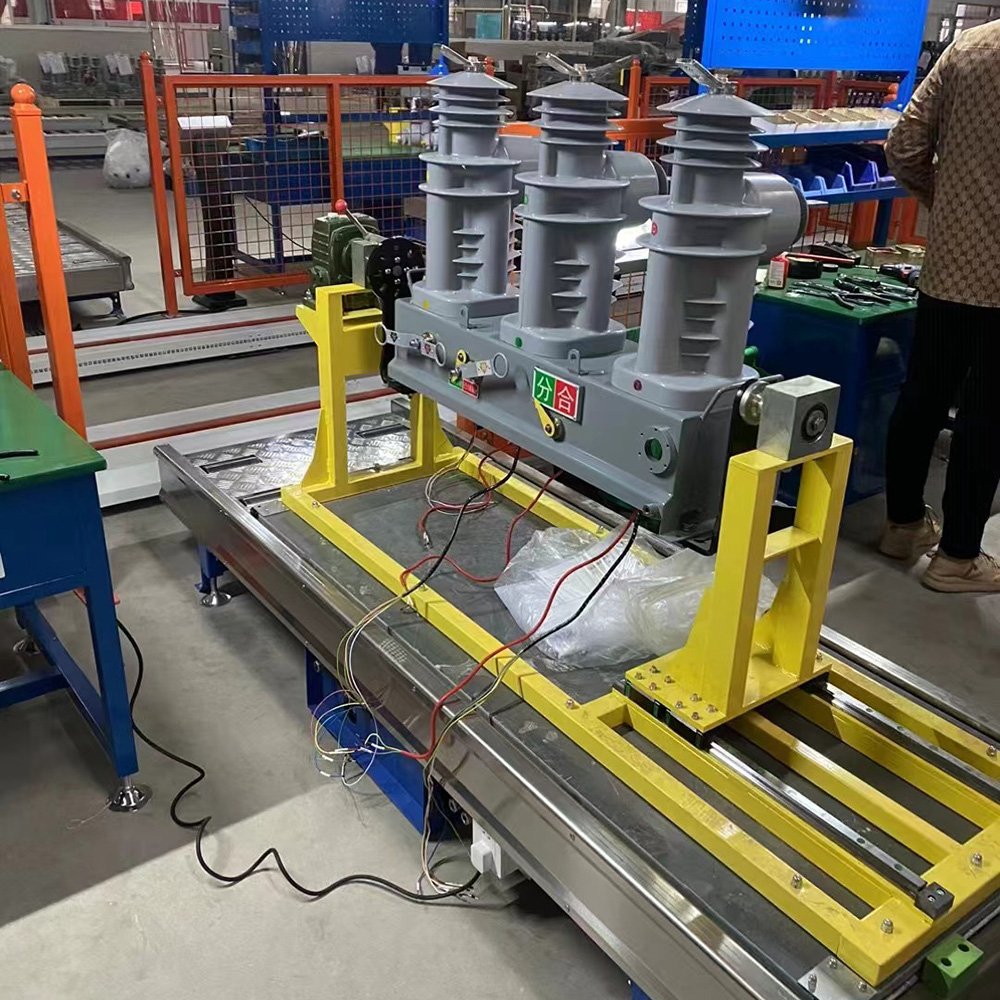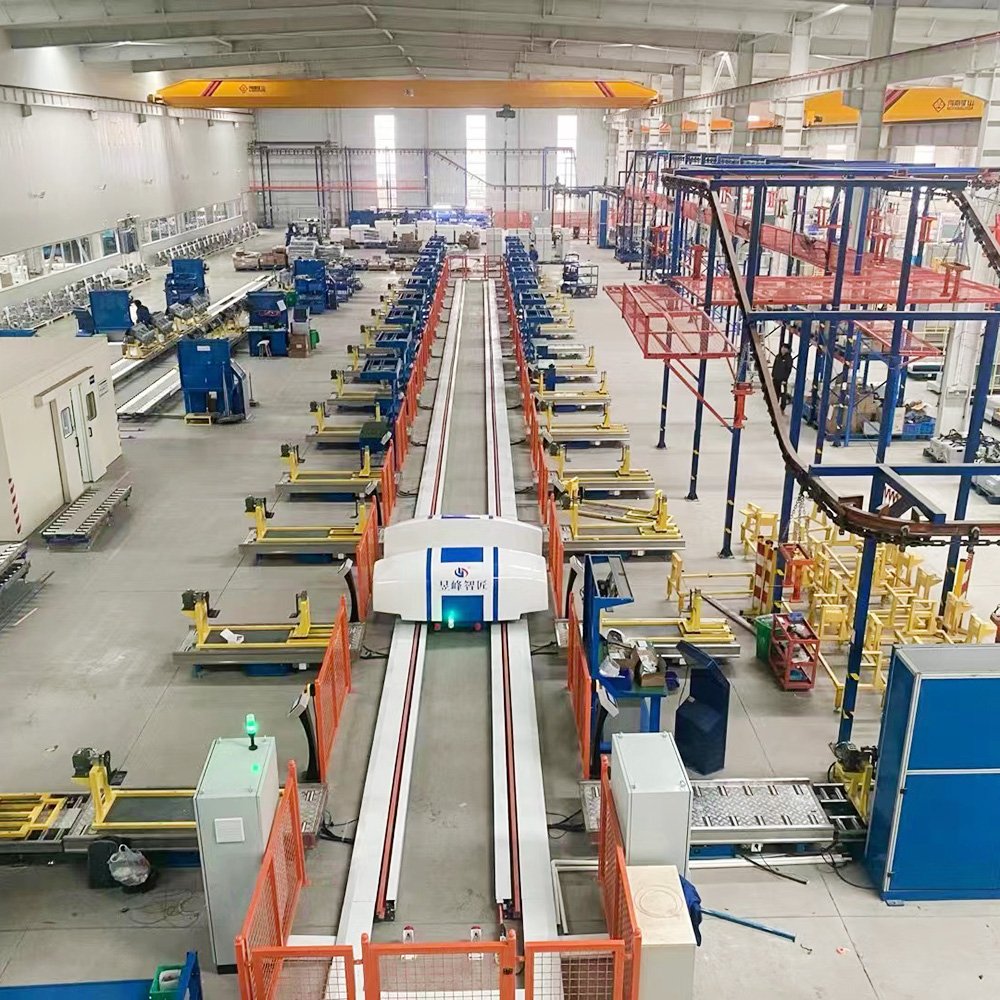Pole-mounted Vacuum Circuit Breaker assembly lines


The assembly process of Pole-mounted Vacuum Circuit Breakers (PVBs) is intricate and requires precision to ensure the safety and functionality of the equipment. Based on the provided sources, here is an overview of the assembly process for pole-mounted vacuum circuit breakers:
- Component Preparation: The assembly begins with the preparation of individual components, including the vacuum interrupters, insulators, and the pole structure itself. Each part must be checked for quality and specifications before assembly.
- Vacuum Interrupter Assembly: The vacuum interrupters, which are the core of the circuit breaker, are assembled with precision. This involves the installation of contacts, springs, and other internal components within the vacuum chamber.
- Pole Structure Assembly: The pole structure, which is typically made of insulating materials, is assembled to provide mechanical support and electrical insulation. This structure houses the vacuum interrupters and other necessary components.
- Installation of Operating Mechanism: The operating mechanism, which includes the gears, springs, and buttons for the opening and closing of the circuit breaker, is installed on the pole structure. This mechanism ensures the proper operation of the vacuum interrupters.
- Integration of Vacuum Interrupters: The vacuum interrupters are then integrated into the pole structure. This involves precise positioning and securing of the interrupters to ensure proper alignment and electrical contact.
- Final Assembly and Testing: Once all components are assembled, the circuit breaker is tested for functionality, including the operation of the vacuum interrupters, the mechanical life, and the electrical parameters such as voltage and current ratings. The assembly is also tested for type-specific standards, such as withstanding certain short-circuit breaking currents and mechanical life cycles.
- Quality Control and Certification: After assembly and testing, the pole-mounted vacuum circuit breaker undergoes a series of quality control checks to ensure compliance with industry standards and certifications. This may include type tests to verify the breaker’s performance under various conditions.
